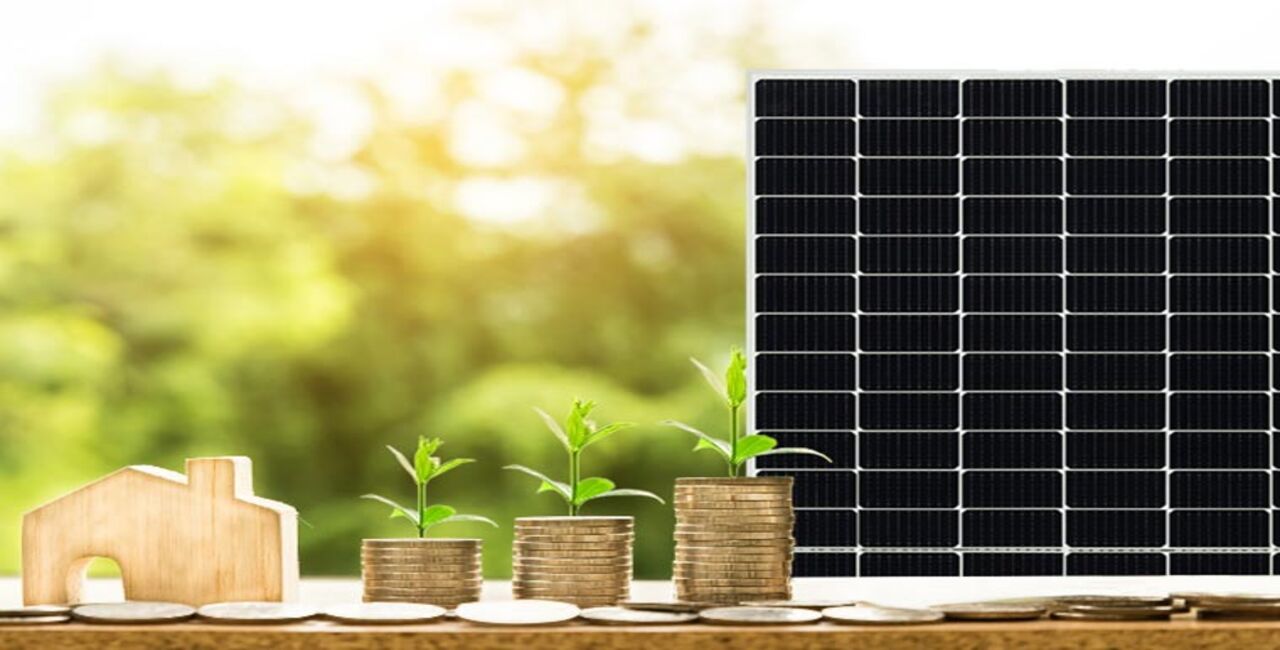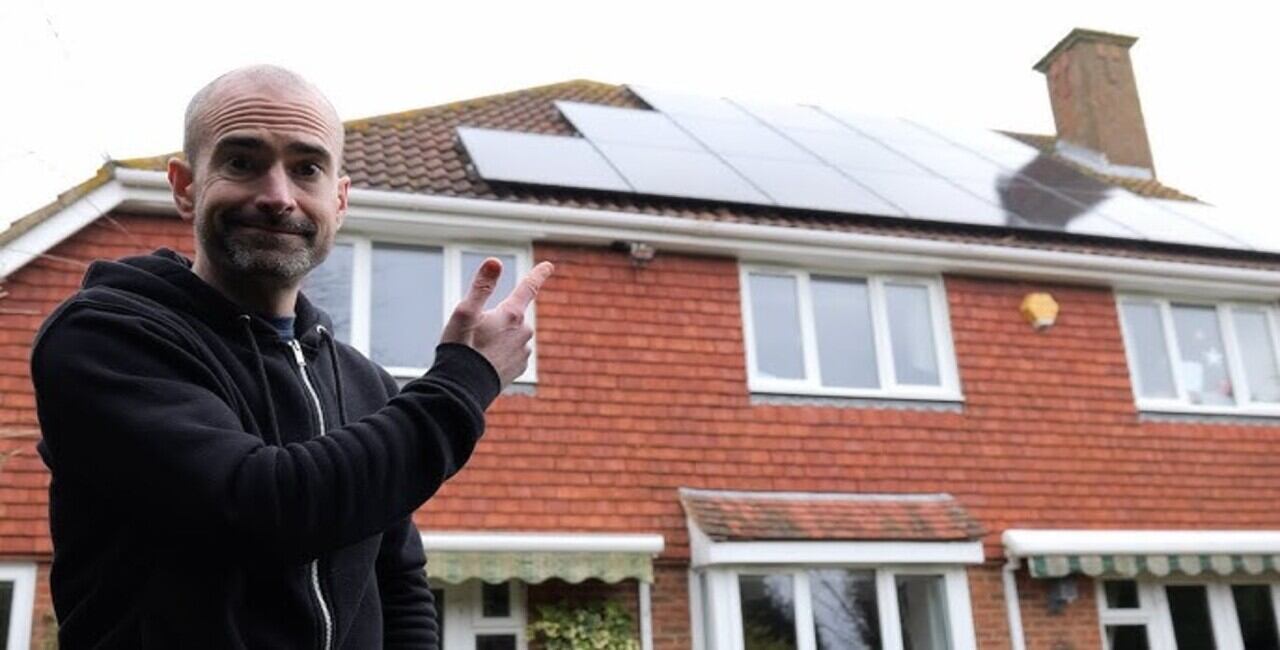.jpg)
Electricity rate increases in 2025 are putting pressure on Indian households, businesses, and entire city infrastructures. For people living in metro cities and industrial zones the monthly electricity bills are becoming harder to manage.
Even the middle-income families are feeling the going through it while industries are spending lakhs more on energy than they did just a year ago.
These electricity rate hikes are hitting just when India is trying to expand its clean energy base. Solar could be the perfect solution but its not that easy. this is where the challenge begins. The same places that need solar the most often struggle the most to adopt it.
In this blog we’ll break down why electricity prices are rising in 2025 and how that affects solar energy adoption, what barriers exist, and what people can still do to make the switch, no matter their credit score, location, or income level.
Electricity prices in India in 2025 are increasing in almost every region. Everyone is experiencing a noticeable rise in their monthly power bills whether it's residential consumers or commercial establishments
So let’s look at some of the factors behind the rising electricity tariffs:
Right now India still relies on coal, oil, and imported gas to generate a good portion of its electricity. As soon as the global energy prices increase the cost to generate electricity also increases and these costs are passed on to the end user.
The investment for modernising aging power grids and adding capacity to support vehicles and renewables is huge. These upgrade costs are recovered through higher power tariffs over time.
Cities are expanding. The electricity demand for electric vehicle charging points and commercial zones is on the rise given the urban setting. As the demand grows, the pressure on the grid is higher and leading to higher costs. It’s a full circle.
Electricity in India is priced differently in different states. For example, in Delhi and Maharashtra there have been a revised power tariffs for residential and commercial categories with increases ranging from 8 to 20 percent.
A CEA report shows that power rates in urban India in 2025 are 15 to 25 percent higher than they were just two years ago. In the states with heavy industrial activity like Gujarat, Tamil Nadu, and Karnataka commercial electricity bills have surged as high as ₹10–₹12 per unit.
These numbers clearly show that the electricity is getting more expensive. Whether you run a small business or live in a two-bedroom flat your power bill is now taking up a bigger part of your monthly spending.
High electricity bills should make people want to switch to solar power right? Its so obvious but this is where the reality steps in.
High-demand solar markets like Delhi NCR, Mumbai, Bengaluru, Chennai and industrial hubs in Gujarat and Maharashtra are the best candidates for solar power but these places also face many challenges for rooftop solar adoption.
Here’s why solar adoption challenges are specifically strong in these markets:
The places with high demands are full of apartment buildings, commercial buildings and high rises. And most of these building’s roof space is limited and is shared among many residents so very few people can actually install a solar system to cover their energy needs.
Even the people who own their own house in urban areas find it difficult to install solar panels because of shade issues and the roof structure being unsuitable.
Many power grids in urban areas are already operating at their limits. When someone installs solar the excess electricity is often sent back to the grid. But if the grid isn’t built to handle that extra load the local DISCOMs may reject the application or delay the connection process.
This discourages adoption even in places where solar would save people money almost immediately.
Another big challenge in India is the solar policy itself. The central government supports solar energy but each state have their own set regulations for things like net metering, subsidies, and getting approvals.
And because these rules are different for every state it can be confusing for people to understand what applies to them. The job doesn’t stop after getting net metering approved. It could take weeks to months to get a permission letter, site inspection and final meter.
A heat map study by Ember and MNRE shows an ironic truth: regions with the highest power demand and potential solar savings often have the lowest rooftop solar penetration.
In other words, the very places where solar is needed the most are being left behind.

We need to understand the barriers to solar adoption in busy urban and semi-urban areas. Let’s understand.
Let’s start with the power grid itself.
Most of India’s local electricity infrastructure is not built to handle thousands of decentralized energy sources. The transformers, substations and wiring systems cannot support power flowing both ways.
So even if someone is installing rooftop solar system, the excess power may not be accepted by the grid. This leads to system curtailment where energy generated goes to waste or outright rejection of solar net metering applications.
DISCOMs also face technical challenges in integrating many small solar systems into one grid. Without major upgrades, this problem will only grow worse.
Solar adoption in India is heavily dependent on policy clarity. And right now, there’s a lot of confusion.
Some states offer excellent net metering policies while others cap the allowed capacity or only offer gross metering which is less profitable for homeowners.
Inconsistencies in how states handle solar installations, net metering problems and delays in subsidy disbursals all add to user frustration. For example:
All of this creates uncertainty and slows down adoption in areas where people are ready to switch.
Even though solar prices have dropped over the past decade the upfront investment is still a lot for many families especially in rented homes or apartments.
Most banks may not lend to renters or people with low credit scores but there are some banks for solar financing. Even for those with good credit solar loans take time to process and not all vendors offer transparent solar financing plans.
This makes it harder for people in the cities to take a leap into solar when the cost of living is already so high.

Solar power remains as one of the best long-term financial decisions anyone can make. Let’s see the reasons why.
LCOE refers to the total cost of electricity produced over the lifetime of a system. For rooftop solar in India, the LCOE is now far lower than the cost of buying electricity from the grid.
Once your system is paid off usually in 3 to 5 years you’re essentially producing free electricity for the next 20 years.
This gives solar a clear edge in the debate of cost savings solar vs grid.
According to Mercom and MNRE, the average solar ROI in India 2025 is between 18 to 25 percent annually. That’s much higher than a bank FD or even some stock market returns.
Plus, solar increases property value improves energy security and locks in savings during future tariff hikes.
Solar energy systems can offer peace of mind in cities where grid is unreliable or load shedding is common and it's more beneficial if you have storage.
So you don’t have to worry about summer power cuts or sudden bill hikes. That’s the long-term solar benefit many are chasing and already achieving.

Now the government and private companies are working on solutions to overcome the solar adoption challenges.
The national solar rooftop subsidy scheme now covers up to 40 percent of installation costs for residential users. These incentives are directly credited to the installer to reduce hassle for homeowners.
The scheme has been extended to 2025 with more online tools and faster application processes.
Pilot projects in Delhi, Uttar Pradesh and other states are experimenting with platforms that allow people to trade solar energy directly with neighbors and local businesses.
This reduces dependency on the DISCOM and opens new revenue streams for solar owners.
Under this model, users don’t have to buy the panels they’ll only pay for the electricity generated. These no-ownership models remove the burden of maintenance, loans, or technical knowledge.
Some companies now offer zero-credit solar leases making clean energy much more accessible to all income levels.
DISCOM reforms are also being rolled out: digital portals, smart meters, and real-time application tracking are being adopted across major states to make solar more user-friendly.

Let’s say you’re not ready to install today but you start prepping for it now so that the transition is smoother.
A rooftop solar calculator India can give you a quick and reliable estimate of how much energy your roof can produce and how much you could save. It only takes a few minutes to use and is totally free.
An audit helps you understand your energy usage patterns, rooftop conditions, shading issues, and more. Many service providers offer free or low-cost audits as a first step.
You can check with banks and NBFCs offering green loans, or explore solar leasing models that don’t require a heavy upfront investment. Community or group solar projects are also gaining traction in apartment societies.
Here’s what you should review:
The more prepared you are, the faster your installation can happen when the time is right.
India is aiming to reach 280 GW of installed solar capacity by 2030. With falling panel prices and rising tariffs, this target is very realistic.
Global fuel prices, grid investments, and growing local demand are making it more expensive to generate and supply electricity. These costs are passed to consumers as higher bills.
Solar panel prices have stabilized, but costs for installation and labor may still vary. Financing options and government support will make it more affordable overall.
Yes, renters can join group solar projects, explore community setups, or use solar as a service models that don’t require roof ownership.
Most systems in urban India pay back in 3 to 5 years. In high-tariff areas, payback may be even quicker.

Electricity rates are increasing in 2025 but you don't have to be stuck with these rising bills and unreliable grids.
Now solar is becoming more accessible because of better tools, smarter financing and government support whether it's for renters or people with no credit.
If you’re ready to take the next step, ARKA 360 can help. Our solar design and proposal software helps you calculate savings, compare options, and plan a system that fits your needs.













